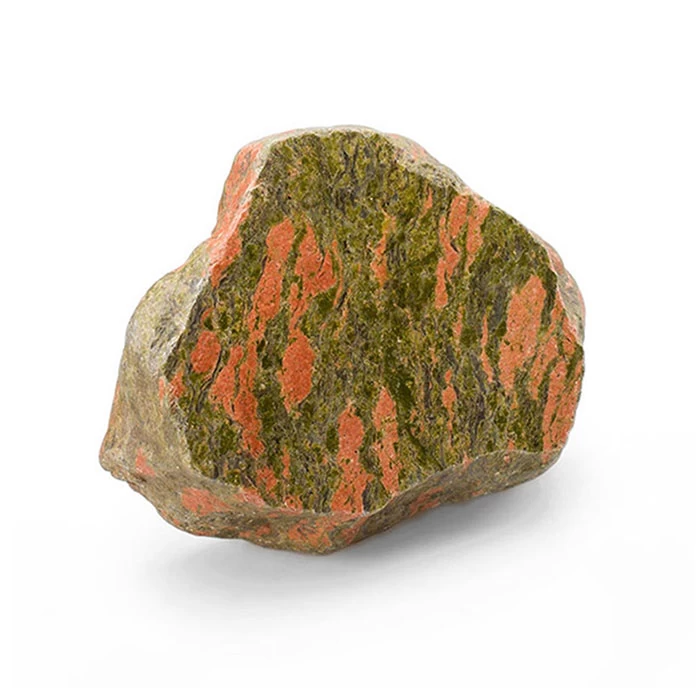Labradorite: Properties, Facts and Photos

| Contents 1. What is Labradorite? 2. Labradorite Geological Properties 3. More About Labradorite 4. Article Photos 5. Shop Labradorite |
What is Labradorite?
Labradorite is a feldspar mineral, one of the most abundant groups of minerals in Earth's crust.
Labradorite is best known for its distinctive optical properties. Its iridescent appearance is caused by the interaction of light with thin, microscopic internal layers. This phenomenon is correctly known as labradorescence, although the term iridescence is often used.
Labradorescence is a type of schiller.
The colours we see are produced by reflected light.
Although optical phenomena are common in rocks and minerals, strong labradorescence is not particularly common, and is not present in all labradorite. It can also be seen in ‘rainbow moonstone’, which is a trade name for white labradorite.
Rainbow moonstone is not the same material as moonstone, which is an orthoclase feldspar. Genuine moonstone has a different appearance and does not exhibit the same flash of colour.
The name Labradorite comes from the Labrador region of Canada, where the stone was first discovered.
In 1770, Czech missionary Father Adolf found a large quantity of strange-looking stones on the east shore of the Labrador peninsula. Although they were a dull grey colour, flashes of blue and green could be seen in the reflection of light.
Labradorite was later identified as a feldspar mineral containing sodium and calcium. Since then, it has been found in several locations around the world, including Australia, Finland, Italy, Norway and Ukraine.
It’s common for rocks and minerals to be named after the person who discovered them or the place where they were found. The suffix 'ite' is often used. Examples include sugilite, named after Professor Kenichi Sugi, unakite, which took its name from the Unaka Range of mountains in North Carolina and pietersite, named after Syd Pieters.
There's even a stone called Englishite.

Geological Properties of Labradorite
Labradorite can be a fascinating stone, especially when polished. Although some material can initially look uninteresting, with the interaction of light, it can become quite spectacular.
The finest grade labradorite exhibits vivid flashes of blue or green. Red, yellow and grey can also sometimes be seen.
Terms used to describe similar optical effects in other stones include aventurescence for aventurine, adularescence for moonstone (not rainbow moonstone), and schiller, which is commonly used for sunstone. Although sometimes also used for labradorite, labradorescence is the correct term.
More About Labradorite
Labradorite from the north-central coast of Labrador in Canada is some of the finest in the world. Exceptional-grade stone can also be found in Finland, specifically Lapland. This material is better known as spectrolite.
Highly translucent gemstones with fantastic labradorescence come from southern India. Labradorite suitable for faceting is found in Mexico, while dark grey material comes mostly from Madagascar.
Like most feldspar minerals, labradorite is relatively hard but also brittle, which can make cutting difficult. On the Mohs scale of hardness, it grades 6 to 6.5.
Article Photos
The first labradorite stone in our article is from our collection. The second two images are courtesy of Jay Stant.
Pop-up photos: The sugilite and unakite were once part of our collection. Moonstone: Courtesy of Géry Parent. Pietersite: Courtesy of Captain Tenneal. Labradorite: Courtesy of James St. John.










